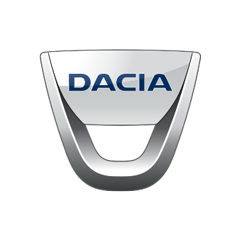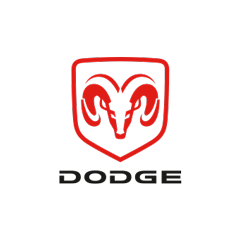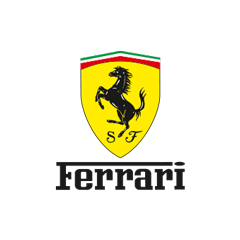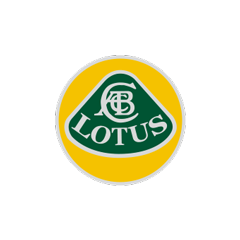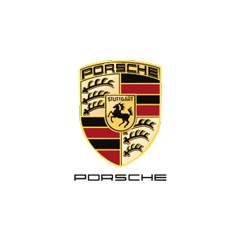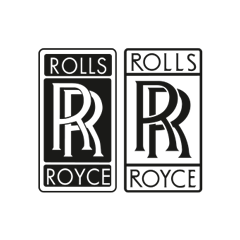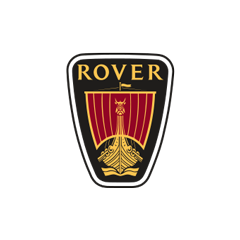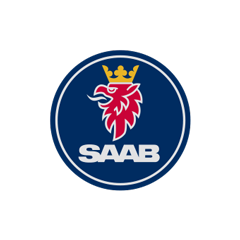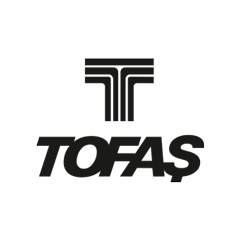
FERRARI Mondial
Generations Timeline, Specs and Pictures

The final version came in 1989 as the Mondial t, bringing substantial changes, especially in the powertrain department.
Visually, the Ferrari Mondial t came with redesigned air intakes, bumpers as well as a bit more flared fenders, giving away a slightly bigger track. Inside it got new seats, a redesigned center console, revised dashboard and door cards. The t was also coming standard with ABS and power steering. A three-way adjustable electronically controlled suspension was also on the list.
Wondering what’s that “t” in the Mondial’s name? Well, it has to do with the new engine and transmission configuration. Unlike the previous generation, which had a transverse mounted engine, the Mondial t housed a longitudinally 3.4 V8 mounted to a transverse 5-speed gearbox, thus creating a T. This configuration was also used on Ferrari Formula 1 cars throughout the 80s.
A semi-automatic transmission named Valeo was added as an optional later which eliminated the need of a clutch pedal. Gear changes were done manually via a gearlever but the clutch would engage and disengage automatically. It’s not much of a difference, performance wise, but it was sparing the driver the “hassle” of handling a clutch.
A total of 840 units were produced, out of which 45 were configured in right-hand drive.

When Pininfarina designed the Mondial, it did a great job, and the public appreciated the car from Detroit to Tokyo.
In Europe, it was already an undisputed king of the fast four-seater.
In 1985, Ferrari gave its customers what they always asked: more power. The first generation of the Mondial struggled in 1980 with a 205 hp engine, and people didn’t like it. There were family sedans with more power than that. In 1982, Ferrari introduced the four-valves per cylinder system that increased the power to 240 hp; close, but no cigar. Then, in 1985, it came with the real-deal: the 3.2-liter Mondial that offered 40 hp over the Mondial Quatrovalvole.
Fortunately, the facelifts didn’t alter the car’s look. It was still shaped sharp at the front with its pop-up headlights, and the grille in front of the rear wheels was already a Ferrari signature detail. The prancing-horse brand even bragged that it was an excellent vehicle for long journeys and it can carry some luggage with it.
Inside, Ferrari tried to make the 2+2 coupe suitable for four adult-sized occupants, but most of the Mondial’s owners used it only for two in real life. That didn’t stop the Italian carmaker to use expensive leather upholstery on all four seats and around the cabin. Ferrari used the same costly materials to clad the lower side of the dashboard as well.
To make room for a four-seat interior, Ferrari installed the engine in the back, on top of the rear axle. Between the 3.2-liter V-8 and the rear panel, the carmaker made room for a trunk, promising to keep your food warm on your way back from a drive-through!

Two years after the introduction of the Mondial 8, Ferrari decided his 2+2 rear-engined coupe is not powerful enough, so in 1982 introduced the Mondial Quattrovalvole.
As the name suggests, this model came with an engine that had four valves per cylinder instead of 2. The combustion chamber was based on the one early 80’s Formula 1 cars used and the car now pushed a more convenient 240 HP.
Visually, the Mondial Quattrovalvole is almost the same with the first model, apart from red engine heads and the actual “Quattrovalvole” word written on its back. 1,145 units have been built.

The Mondial was Ferrari’s second 2+2 mid-engine and for almost 10 years it was the only prancing horse model available as both a coupe and a convertible.
During its 13 year production run, several versions came to market: first there was the 8, then the QV (Quattro Valvole), the 3.2 and finally, the t. The Mondial is also the first Ferrari which utilized injection instead of carburetors as a fuel system.
Even today, the Mondial 8 is considered Ferrari’s most practical car, despite its unappealing performance. Engine maintenance is also a minor stress factor with this one as it can be usually performed without the engine/transmission subframe.










